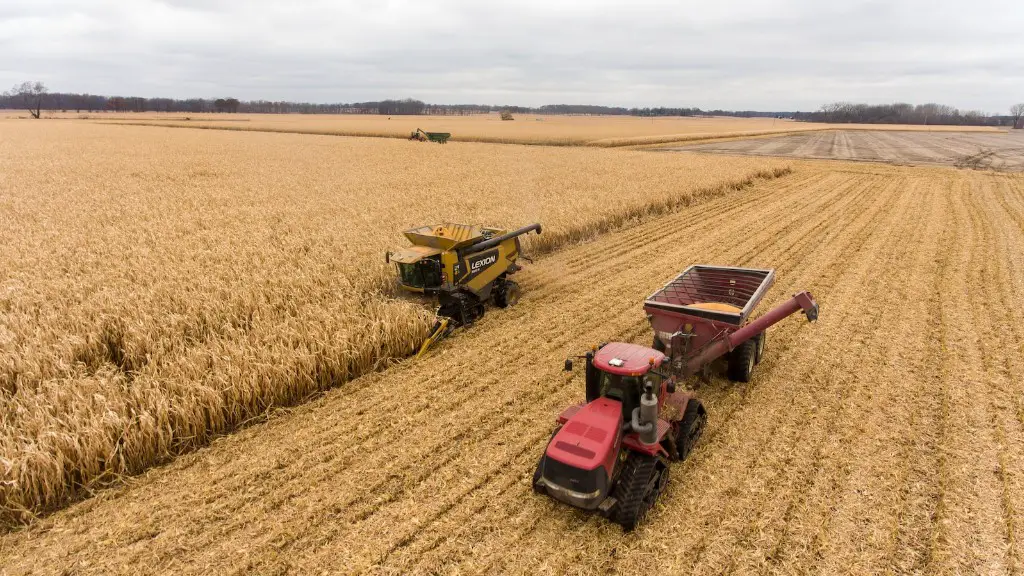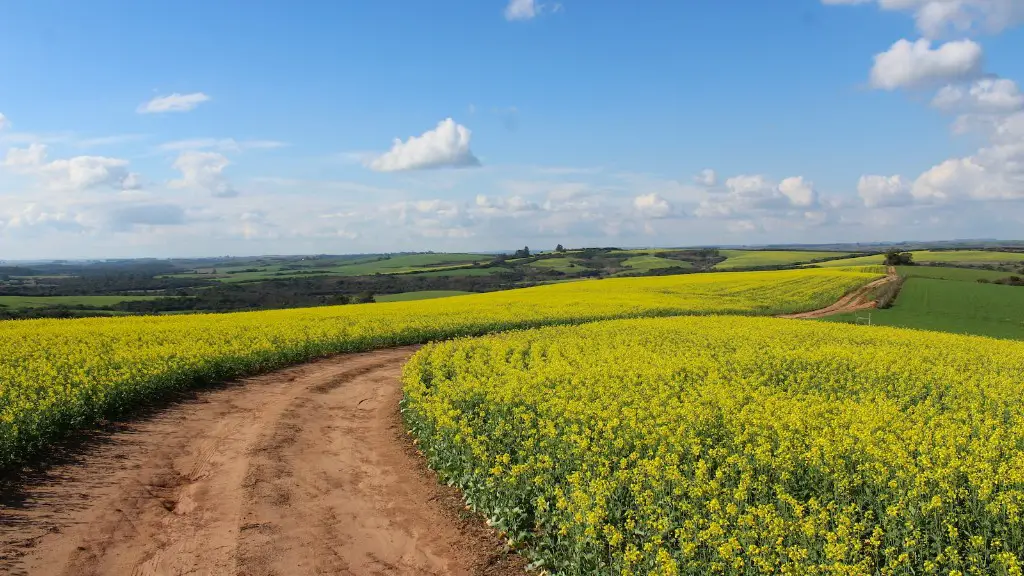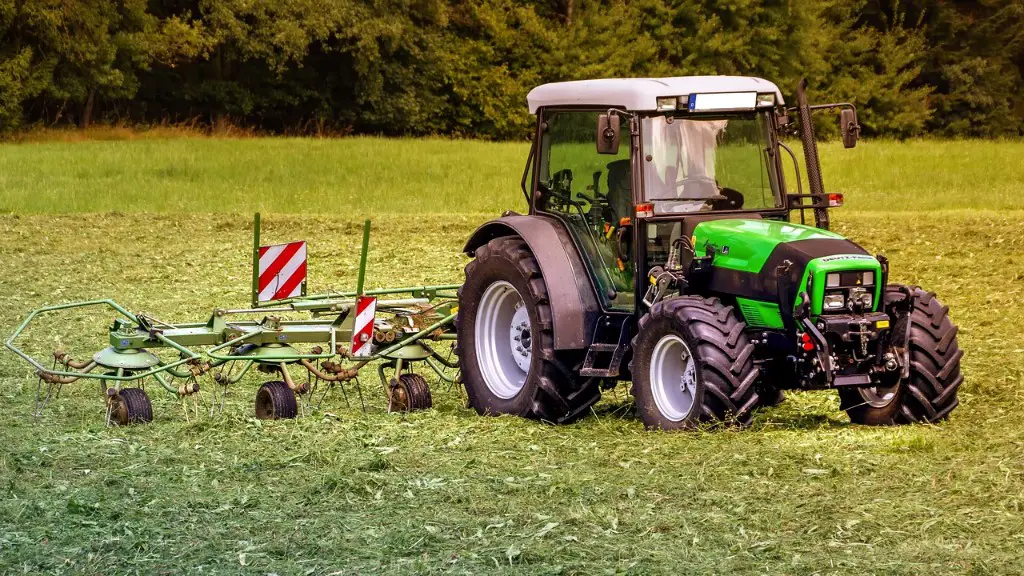Integrated Agriculture is a farming system that combines organic and inorganic farming practices to produce food. It is an integrated approach to sustainable agriculture, combining two different types of management systems: organic and conventional. Integrated Agriculture integrates the resources and natural inputs of organic, conventional, alternative and sustainable management systems to achieve efficient production and a healthier environment. It involves the use of a variety of practices to manage land, crops, animals, soil, water, and nutrient cycles in order to achieve optimum use of resources and sustainable food production.
History of Integrated Agriculture
Integrated Agriculture originated in the USA in the late 19th century, when farms began using chemicals to fertilize and control pests. This practice grew in popularity and became an accepted method for managing crops and land. However, during the 1950s and 1960s, concerns about the health of the soil, water and air climate, and the conservation of natural resources led to scientific research into alternative methods of farming. The findings of this research revealed the beneficial effects of using a combination of sustainable farming practices. This paved the way for the development of Integrated Agriculture as we know it today.
Benefits of Integrated Agriculture
Integrated Agriculture has many benefits, including improved soil health, reduced pest and disease pressure, decreased fertilizer and pesticide use, improved water quality, increased crop yields, and improved energy efficiency. It also reduces dependence on inorganic inputs and improves the economic viability of small-scale farming. In addition, integrated Agriculture encourages more efficient use of natural resources, helping to conserve water, soil, and energy. Moreover, it provides increased biodiversity of plants, animals, and ecosystem services, leading to greater resilience within agricultural systems.
Integrated Farming Systems
Integrated Agriculture involves the integration of a variety of farming systems, such as organic, conventional, alternative and sustainable management systems. Organic farming utilizes natural inputs, such as compost and cover crops, to improve fertility and pest and disease control. Conventional farming relies on chemical inputs such as fertilizers, herbicides, and pesticides to boost crop yields. Alternative farming practices include the use of local species and varieties, minimum tillage, and agroforestry. Sustainable management systems utilize animal and cropping systems to improve natural resources and optimize output.
Integrated Farming Challenges
Despite the benefits of Integrated Agriculture, there are a number of challenges associated with its implementation. These include the need for a long-term commitment to the system, the availability of appropriate technology and resources, and the need for a comprehensive knowledge of crop and livestock management. In addition, there are often limited opportunities to access markets for organic and other alternative agricultural products, and increased farm costs associated with implementing Integrated Agriculture.
Organic Farming and Integrated Agriculture
Organic farming is a form of integrated agriculture, as it is concerned with improving soil fertility, controlling pests and diseases, and reducing the need for inputs such as chemical fertilizers and pesticides. Organic farming also utilizes crop rotation and diversification, soil management techniques, and conservation techniques to optimize resource use. Furthermore, organic farming is an important component of Integrated Agriculture, as it encourages the use of local species and varieties and implements cropping, livestock, and agroforestry systems.
Community Involvement in Integrated Agriculture
The success of Integrated Agriculture depends on the involvement of the local community. Community involvement includes consultation with farmers and the exchange of information and resources. Local policies and regulations should also be taken into consideration when implementing Integrated Agriculture. In addition, collaborative partnerships between public and private institutions, such as universities, research organizations, and non-governmental organizations, are important for the proliferation of Integrated Agriculture.
Pest Management in Integrated Agriculture
Integrated pest management is an important component of Integrated Agriculture and involves the use of a variety of cultural, biological and chemical control methods to reduce pest populations and damage. These methods include field and garden sanitation, crop rotation, the use of beneficial insects, and the application of appropriate pesticides. The aim of Integrated pest management is to reduce pest populations while minimizing the use of chemical pesticides, ensuring the safety and quality of crops.
Soil Quality in Integrated Agriculture
The health of soil is a key factor in successful Integrated Agriculture. Soil management techniques such as the use of compost, mulching, and cover crops, are important for improving soil structure and fertility. In addition, integrated soil fertility management techniques, such as the use of compost and green manures, help to maintain soil fertility while reducing the need for chemical fertilizers. These techniques also help to conserve water, improve soil structure, and enhance the soil’s ability to cycle and store nutrients.
Integrating Livestock and Crops
Livestock and cropping systems are often integrated in Integrated Agriculture. This involves the integration of different animals and crops, for example, rotating pastures or incorporating animals into cropping systems. Livestock integration is especially beneficial for maintaining soil fertility, improving soil structure, and providing feed and manure for crops. Animal integration also has the potential to increase crop yields and reduce the need for chemical inputs.
Water Management in Integrated Agriculture
Water is a critical resource in Integrated Agriculture and its management is essential for reducing water use and improving water quality. Water management techniques, such as conservation tillage, crop rotation, and soil conservation, help to reduce water use and improve crop yields. In addition, Integrated Agriculture utilizes water harvesting and conservation technologies, such as rainwater storage, irrigation piping, and drip irrigation systems, to reduce water use and increase efficiency.


